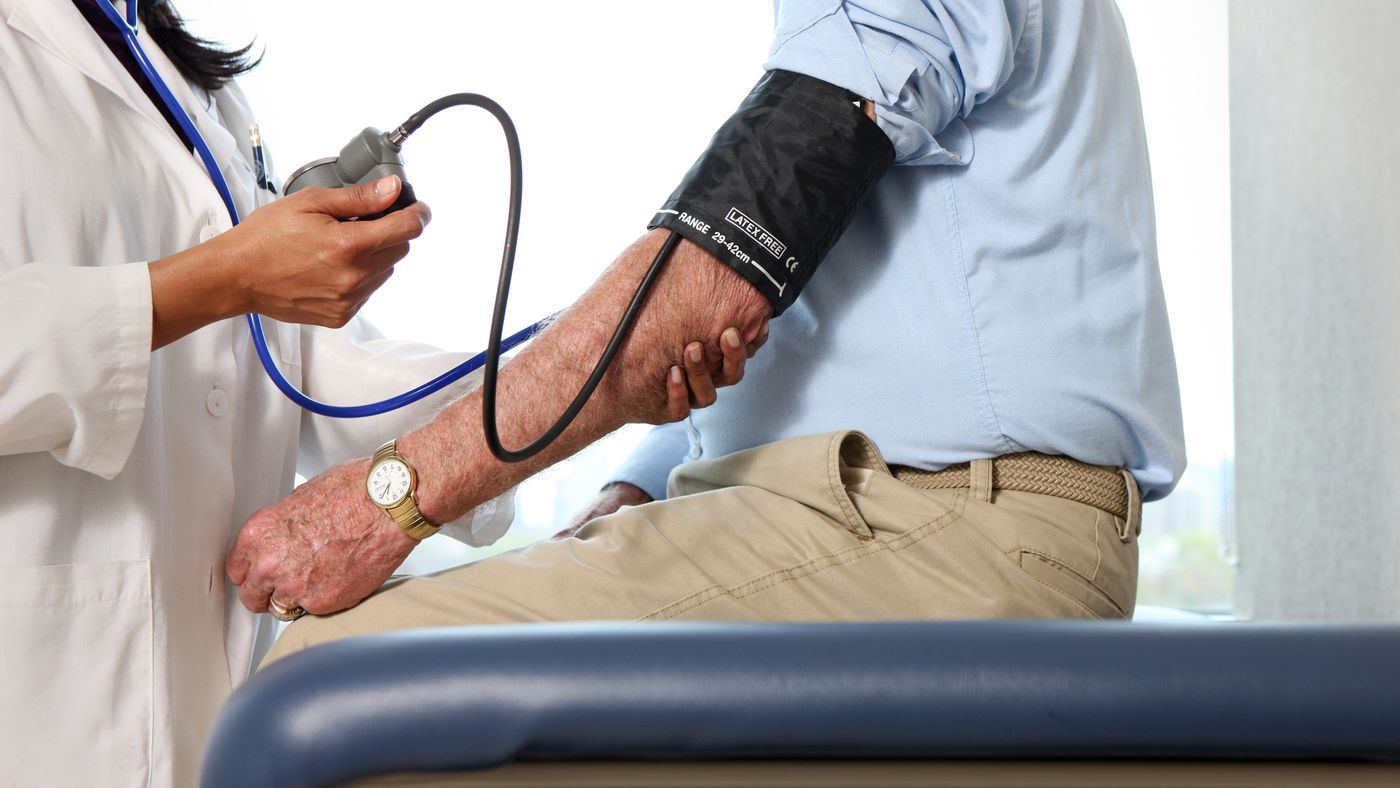A recent study suggests that doctors may have been inaccurately measuring blood pressure, potentially overlooking certain health complications.
This groundbreaking research was presented at the American Heart Association’s Hypertension Scientific Session 2023 in Boston on September 7. The session concentrated on the latest advancements in both basic and clinical research concerning high blood pressure, exploring its connections to cardiac and kidney diseases, stroke, obesity, and genetics.
Traditionally, an individual is deemed to have high blood pressure if their reading measures 140/90mmHg or higher during a doctor’s examination.
During this nearly three-decade-long study, researchers delved into how blood pressure measurements in sitting or lying positions correlated with disease risks.
The study’s authors uncovered a potential flaw in the standard practice: doctors might not identify specific health complications if they solely record blood pressure readings when patients are sitting upright.
According to the researchers, the autonomic nervous system governs blood pressure regulation in various body positions. However, gravitational effects, particularly when seated or standing, can cause blood to pool, leading to potential inaccuracies in blood pressure readings.
To reach their conclusions, scientists monitored the blood pressure of 15,972 individuals while they were either lying down or sitting up. These participants’ health was subsequently tracked for an average of 25 to 28 years, with the most recent data collected between 2011 and 2013.
The findings were striking: 16 percent of individuals who did not exhibit high blood pressure while seated were found to have elevated readings when lying down.
Furthermore, the study revealed that three out of four participants (74%) who displayed high blood pressure in both seated and supine positions faced significantly higher risks. They were 1.6 times more likely to develop heart failure, 1.86 times more likely to suffer a stroke, 1.43 times more likely to experience premature death, and 2.18 times more likely to encounter coronary heart disease.
Interestingly, participants with high blood pressure when lying supine but not when seated encountered similar heightened risks as those with high blood pressure in both positions. These elevated risks remained consistent regardless of differences in blood pressure medication use.
The authors of the study advocate for a shift in medical practice. They recommend that doctors measure blood pressure in both seated upright and lying supine positions to enhance accuracy.
Duc M. Giao, a researcher at Harvard Medical School and the lead author, emphasized, “If blood pressure is solely assessed while patients are seated upright, it might miss cardiovascular disease risk factors that are detectable when patients are lying flat on their backs. Our findings suggest that individuals with known heart disease and stroke risk factors could benefit from having their blood pressure checked in both positions.”




